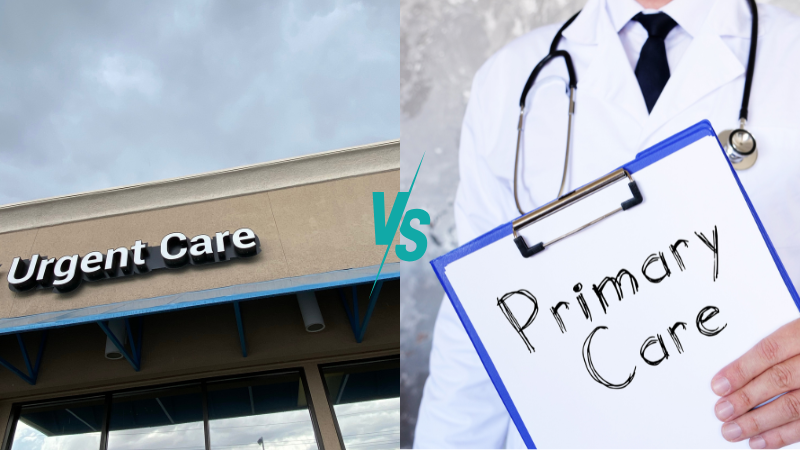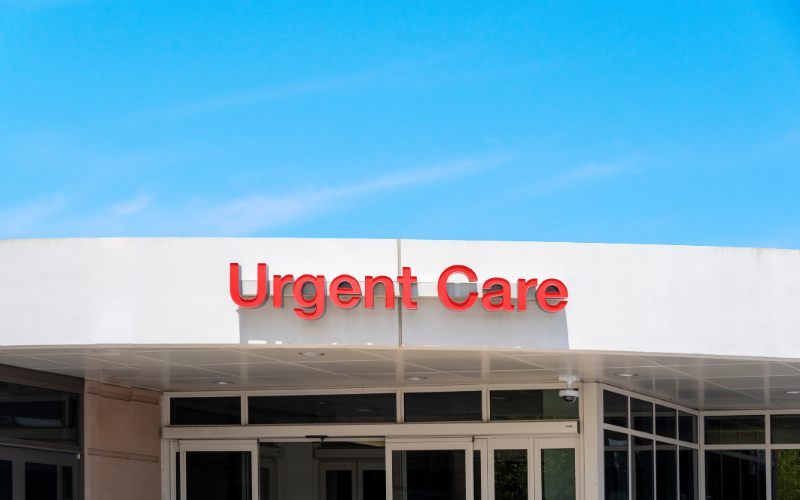
Navigating the healthcare system can be complex, and understanding how insurance coverage applies to different medical services is essential. One common question many individuals have is whether urgent care is covered by their insurance. Urgent care centers provide a valuable resource for addressing non-life-threatening medical needs promptly, but the extent of insurance coverage can vary. This guide will explore the ins and outs of urgent care insurance coverage. We’ll discuss the factors that can affect coverage, the types of insurance plans that typically include urgent care benefits, and how to verify your specific coverage. Understanding these aspects can help you make informed decisions about seeking urgent care when needed.
Understanding Urgent Care and Insurance Coverage
1. Urgent Care Services Overview:
– Urgent care centers are healthcare facilities designed to provide immediate medical attention for non-life-threatening conditions.
– They offer various services, including treatment for minor injuries and illnesses, diagnostic testing, and vaccinations.
– Urgent care is often a convenient and cost-effective alternative to emergency room visits for less severe medical issues.
2. Types of Insurance Plans and Coverage:
– Insurance coverage for urgent care can vary depending on the type of insurance plan you have.
– Private health insurance plans typically include coverage for urgent care visits. This coverage often involves a copayment or coinsurance.
– Medicaid and Medicare also cover urgent care services, although specific coverage details may vary by state and plan.
– It’s essential to review your insurance policy to understand the extent of your coverage.
3. Factors That Can Affect Coverage:
– Several factors can influence the cost of urgent care visits, even if you have insurance.
– These factors may include your insurance plan’s deductible, copayment, and out-of-pocket maximum.
– Some insurance plans may require pre-authorization for urgent care visits, so you must check with your insurer and the urgent care center in advance.
4. Verifying Your Insurance Coverage:
– Before seeking urgent care services, verifying your insurance coverage is crucial to avoid unexpected costs.
– Contact your insurance provider or visit their website to understand your policy’s urgent care benefits.
– Confirm that the urgent care center you plan to visit accepts your insurance; not all centers participate in every insurance network.
Types of Insurance Plans and Their Coverage
1. Private Health Insurance:
– Private health insurance plans, often offered through employers or purchased independently, typically include coverage for urgent care services.
– Coverage may involve a copayment, coinsurance, or a combination, depending on the specific plan.
– Some plans may require patients to meet a deductible before insurance coverage kicks in for urgent care visits.
– It’s important to review the details of your private insurance policy to understand your specific coverage.
2. Medicaid:
– Medicaid, a government-sponsored healthcare program, provides coverage for eligible low-income individuals and families.
– Medicaid programs in different states may have varying policies regarding urgent care coverage.
– In general, Medicaid does cover urgent care visits, but the specifics may differ by state, so it’s advisable to check your state’s Medicaid guidelines.
3. Medicare:
– Medicare is a federal health insurance program primarily for individuals aged 65 and older and certain younger individuals with disabilities.
– Medicare Part B typically covers medically necessary outpatient services, including urgent care visits.
– Beneficiaries may have a copayment or coinsurance for urgent care services, but this depends on the specific plan and any supplemental insurance they may have.
– It’s essential for Medicare recipients to review their plan documents to understand their coverage.
Verifying Your Insurance Coverage for Urgent Care
1. Review Your Insurance Policy:
– Start by reviewing your health insurance policy or plan documents. These documents provide detailed information about your coverage, including what types of medical services are included and any associated costs.
– Look for sections related to urgent care coverage, copayments, coinsurance, deductibles, and out-of-pocket maximums.
– Pay close attention to any applicable terms and conditions, such as pre-authorization requirements or restrictions on the choice of urgent care centers.
2. Contact Your Insurance Provider:
– Reach out to your insurance provider’s customer service department. You can typically find their contact information on your insurance card or their website.
– Speak to a representative and ask specific questions about your urgent care coverage. Inquire about copayments, coinsurance rates, and any requirements for pre-authorization.
– Confirm which urgent care centers are in-network for your insurance plan, as using an in-network facility can often result in lower out-of-pocket costs.
3. Consult the Urgent Care Center:
– Contact the urgent care center you plan to visit and ask about their acceptance of your insurance plan.
– Confirm if they partner with your insurance provider or accept your insurance as an out-of-network provider.
– Ask about any additional fees or charges that may apply based on your insurance coverage.
Factors That Impact Coverage
1. Deductible:
– The deductible is the amount you must pay out of pocket for covered medical services before your insurance plan starts contributing.
– If you have not met your annual deductible, you may be responsible for paying the full cost of the urgent care visit until you reach that threshold.
– Once your deductible is met, your insurance plan typically covers some urgent care costs, and you pay the remaining portion (such as a copayment or coinsurance).
2. Copayments and Coinsurance:
– Copayments and coinsurance are the amounts you pay for medical services after meeting your deductible.
– A co-payment is a fixed amount for a specific service, such as a flat fee for an urgent care visit.
– Coinsurance is a percentage of the total cost you are responsible for, while your insurance plan covers the remaining percentage.
– The specific copayment or coinsurance rates for urgent care visits can vary depending on your insurance plan.
3. In-Network vs. Out-of-Network Providers:
– Insurance plans often have a network of preferred healthcare providers, including urgent care centers.
– Visiting an in-network urgent care center typically results in lower out-of-pocket costs because the center has negotiated rates with your insurance provider.
– If you choose to visit an out-of-network urgent care center, you may face higher costs, and your insurance plan may cover a smaller portion of the expenses.
Making Informed Decisions About Urgent Care
1. Insurance Coverage:
– Understand the specifics of your insurance coverage for urgent care visits, including copayments, coinsurance, deductibles, and pre-authorization requirements.
– Verify whether the urgent care center you plan to visit is in-network for your insurance plan to minimize costs.
2. Medical Need:
– Assess the severity of your condition. Urgent care is suitable for non-life-threatening medical issues, but if your condition is severe or life-threatening, consider seeking emergency care.
– Evaluate whether the services offered by urgent care align with your medical needs, such as minor injury treatment or illness diagnosis.
3. Cost Considerations:
– Review your budget and any potential out-of-pocket costs associated with your insurance plan’s urgent care coverage.
– Compare the estimated cost of an urgent care visit with that of visiting your primary care physician or the emergency room, considering factors like convenience and wait times.
4. Location and Hours:
– Choose a conveniently located urgent care center with operating hours that fit your schedule, especially if you require after-hours or weekend care.
5. Communication:
– Communicate effectively with the urgent care center staff, sharing your medical history, symptoms, and insurance information.
– Ask questions about the proposed treatment plan, additional costs, and follow-up care recommendations.
Understanding insurance coverage for urgent care is crucial for making informed healthcare decisions. By reviewing your insurance policy, verifying coverage, considering factors that impact costs, and choosing in-network providers, you can ensure that urgent care remains a convenient and accessible option for addressing non-emergency medical needs while managing expenses effectively.





